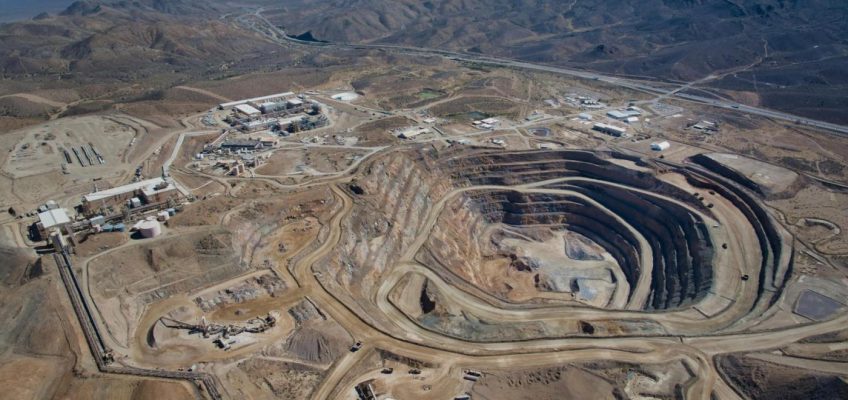As forthcoming as Kwesi Adofo-Mensah was about strategy heading into the 2025 NFL Draft, he wouldn’t tip his hand about what the Vikings were going to do with the 24th overall pick.
Maybe because he’s still trying to figure it out himself.
There are a couple of ways the Vikings could proceed when they’re on the clock for the first time. They could trade back with hopes of giving themselves more darts to throw, or they could stay put and simply take the best player available.
“It’s about impact,” Adofo-Mensah said. “That impact can be a great player or multiple good players.”
That statement is essentially the ethos of the 2025 NFL Draft as it pertains to the Vikings. With only four overall picks in Rounds 1, 3, 5 and 6, they don’t have many arrows in their quiver. So, whatever they decide to do with that No. 24 pick will shape everything else.
Here’s a complete mock draft without any trades:
Round 1, Pick 24: Luther Burden III, WR, Missouri
The decision to select Luther Burden III might seem silly on the surface because he doesn’t exactly fill a position of need. But who cares? He has proven to be a dynamic playmaker with the ball in his hands, which, in theory, could unlock another dimension for the Vikings’ offense.
It’s not hard to imagine Burden working out of the slot alongside Justin Jefferson and Jordan Addison. The ability to take such a big swing in this spot exists because the Vikings did such a good job filling weaknesses in free agency. The addition of Burden also would serve as a nice insurance policy, with Addison likely facing a suspension stemming from his DUI arrest last summer.
Missouri wide receiver Luther Burden III (3) runs the ball during the first half of an NCAA college football game against Oklahoma Saturday, Nov. 9, 2024, in Columbia, Mo. (AP Photo/L.G. Patterson)
Round 3, Pick 97: Andrew Mukuba, S, Texas
Think of Andrew Mukuba as somebody who could help fill the void left by Cam Bynum in the short term while learning the ropes to help replace Harrison Smith in the long term.
Though his slender 5-foot-11, 185-pound frame might not be exactly what Brian Flores is looking for at the position, Mukuba plays with a reckless abandon that should translate to the next level. It also helps that Mukuba won’t have the weight of the world on his shoulders as he joins a group that includes Smith, Josh Metellus, Theo Jackson and Jay Ward.
Texas defensive back Andrew Mukuba (4) intercepts a pass intended for Arizona State wide receiver Melquan Stovall (5) during overtime in the quarterfinals of a College Football Playoff game, Wednesday, Jan. 1, 2025, in Atlanta. Texas won 39-31 in two overtime periods. (AP Photo/John Bazemore)
Round 5, Pick 139: Trevor Etienne, RB, Georgia
There’s a good chance Trevor Etienne is gone by this point. If he’s still available, the Vikings should pick him without much of a second thought. Never mind that Aaron Jones and Jordan Mason are expected to lead the backfield moving forward. It would be wise to start laying the foundation for the future by adding somebody like Etienne to the mix. He’s a talented player that doesn’t appear to have any major weaknesses in his game. That could be useful with Jones possibly entering the twilight of his career.
Georgia running back Trevor Etienne (1) runs from Notre Dame linebacker Drayk Bowen (34) during the first half in the quarterfinals of a College Football Playoff, Thursday, Jan. 2, 2025, in New Orleans. (AP Photo/Gerald Herbert)
Round 6, Pick 187: Ty Robinson, DT, Nebraska
The fact that Ty Robinson turns 24 years old in the very near future is the biggest reason he could fall. Not that the Vikings should be scared about selecting him. He possess the size (6-foot-5, 288 pounds) and strength required to be an effective rotational player on the interior of the defensive line. After the Vikings added Jonathan Allen and Javon Hargrave in free agency, Robinson would help round out the group.
Iowa quarterback Jackson Stratton (19) runs form Nebraska defensive lineman Ty Robinson (9) during the second half of an NCAA college football game, Friday, Nov. 29, 2024, in Iowa City, Iowa. (AP Photo/Charlie Neibergall)
Related Articles
How will the Vikings approach the 2025 NFL Draft?
Aaron Rodgers waiting on Vikings? ‘Not accurate,’ he says
Everything you need to know about the Vikings ahead of the 2025 NFL Draft
Charley Walters: Vikings’ backup definitely won’t be Rodgers
Dates set for Vikings’ OTAs, mandatory minicamp




